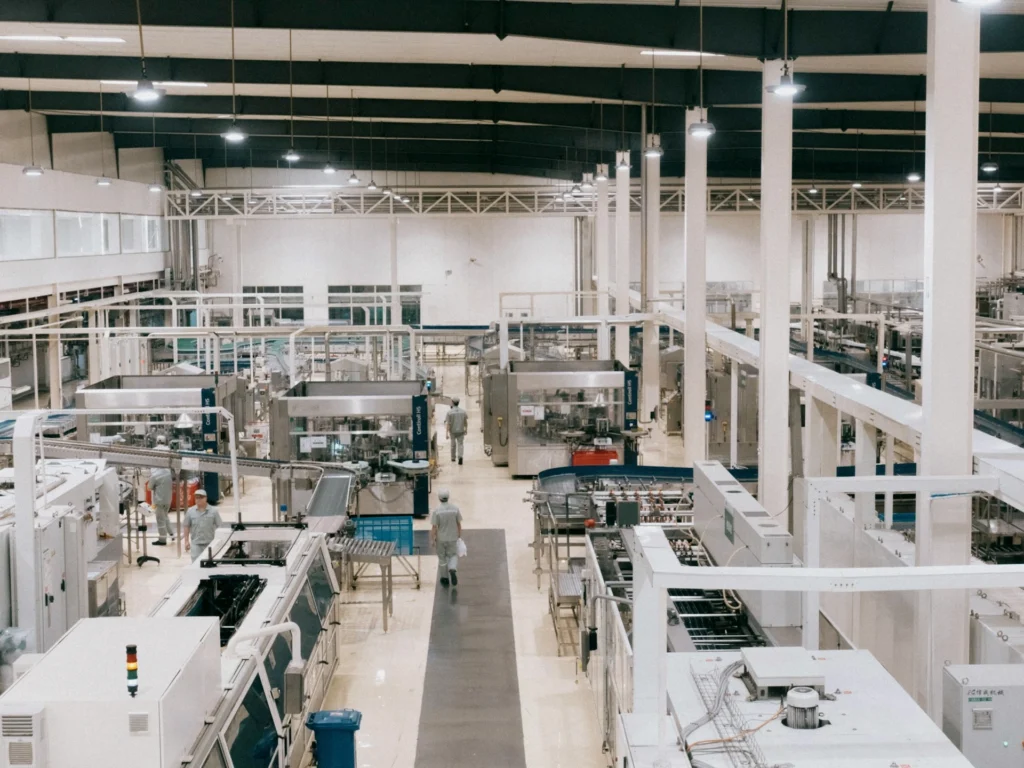In a nutshell:
- Predictive analytics can help businesses stop customer churn before it happens.
- Machine learning can identify patterns and insights in customer data to predict churn.
- Tailoring predictive analytics for customer churn can help businesses retain customers effectively.
- Business users need control in predicting customer churn to fine-tune campaigns.
- Automation combined with human input creates a powerful predictive analytics platform.
No business wants a customer to walk away. That’s especially true when it’s increasingly expensive to acquire them.
But the only constant today, it seems, is change. Industry disruption is the new normal.
Take direct-to-consumer. Countless CPGs are having their flagship products displaced by nimble, data-driven upstarts. The internet has enabled endless choice of products and services. Globalization and multi-device shopping have compounded that trend. Tried-and-true customer retention methods can’t alleviate customer churn brought about by disruption.
In the world of direct-to-consumer alternatives, brand loyalty is waning. The best experience wins.
Churn Isn't an Impossible Problem
Despite sky-high customer acquisition costs, many companies can do little but watch when churn happens. Whatever caused the churn probably happened weeks prior. Your daily dashboard will only reveal the hit to revenue. Rarely do companies invest as much in their service and customer satisfaction teams as in sales and marketing.
There can be many reasons a customer churns. Churn can happen in large segments. Factors like seasonality or increased competition can develop an annoying attrition problem into a critical one.
The seemingly spontaneous nature of customer behavior and churn make this problem perfect for predictive analytics and churn prediction.
If something seems random, that likely just means you need a machine to find the pattern.
Predicting Customer Churn with Automated Machine Learning
This blog post assumes the analyst uses a platform to automate parts of the process including: data restructuring and encoding, feature engineering, and ongoing model optimization for data leakage and drift prevention. With those capabilities, customer churn detection is at its most powerful.
Building churn prediction models to identify likely customer churn will constantly reveal your warning signs, automatically engineering new features to inform who will churn in the future and what to do about it.
The spider web of reasons a customer or user might churn is interwoven with the depth of customer data that can make churn seem random. These factors shape a perfect application of machine learning to mine for patterns and insights. Those insights are within your customer data and your transaction data sets. They’re just waiting to be unearthed and put to work.
Tailoring Predictive Analytics for Customer Churn
You can define churn in the way that matters for your business. That might be a slightly decreased frequency of purchase, or a complete end to a customer’s business. Then, churn prediction models are constructed with historical data to predict that specific kind of churn.
The result? You can identify customers and accounts that will likely churn, with a specific likelihood risk attached.
The likelihood of churn is a useful quantitative data point. You can use this prediction to segment buckets of customers into “unlikely to churn,” “likely to churn,” and “will definitely churn” for different treatments.
You can take action to retain customers that’s the best fit for their churn likelihood, as well as matching your actions to other behavioral patterns identified in the churn analysis.
Every one of your customers should have a churn likelihood score.
Where Business Users Need Control in Predicting Customer Churn
However, when it comes to predicting churn, the process matters as much as the result.
Data people of all kinds—from marketing and sales to data science and analytics—need to affect the model creation process where it counts.
For example, when it comes to churn, the detection vs. precision ratio can have a huge impact on treatment effectiveness, and the resulting revenue or savings. In fact, mathematically, there’s an inverse relationship between increasing detection and precision of a churn model. Consequently, marketing teams can use this ratio to fine-tune their campaigns, and determine whether a customer needs a heavy discount to prevent churn—or just a light promotion.
AI and machine learning are quickly changing the way businesses work with data. Automation is key to saving time and ensuring efficacy. However, organizations should never forget to include the important input of human control and decision-making. That’s what makes automated predictive analytics as a platform so powerful. It combines the best of AI and human inputs for a whole new analytics experience.
If you want to see how Pecan can identify and prevent customer churn, request a demo or try a free trial today.




